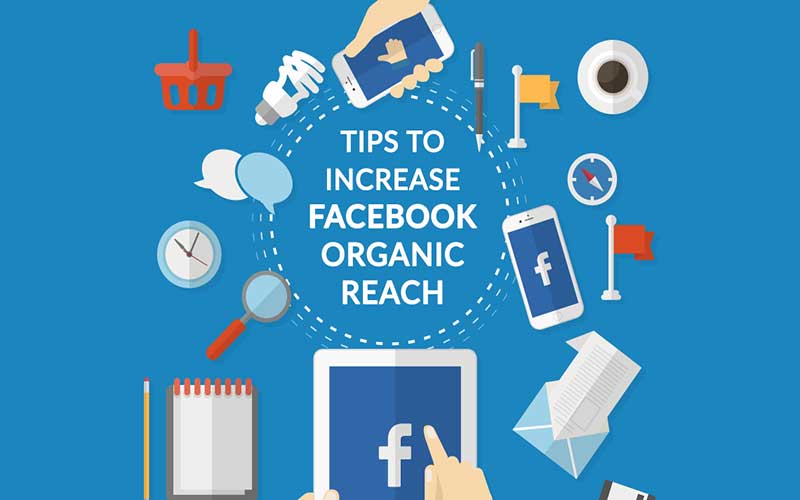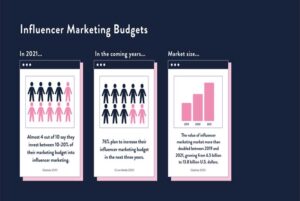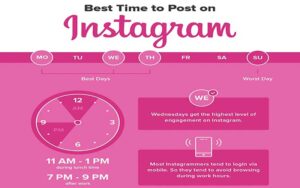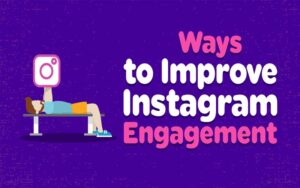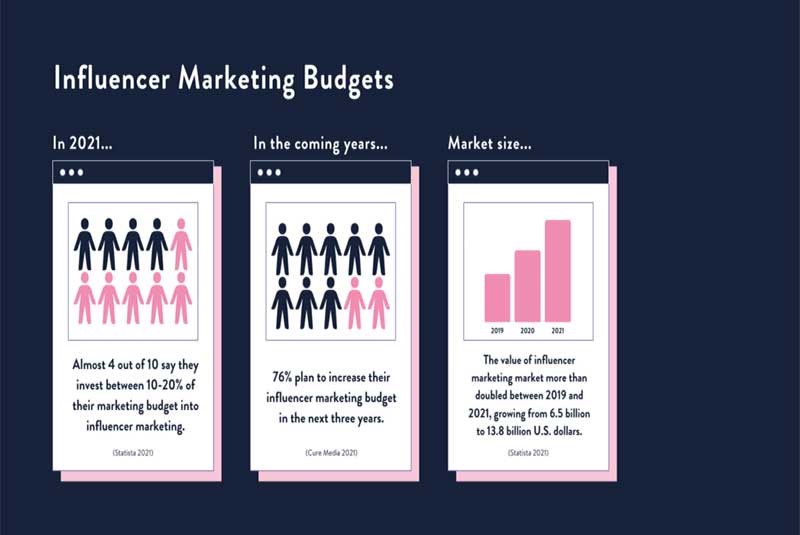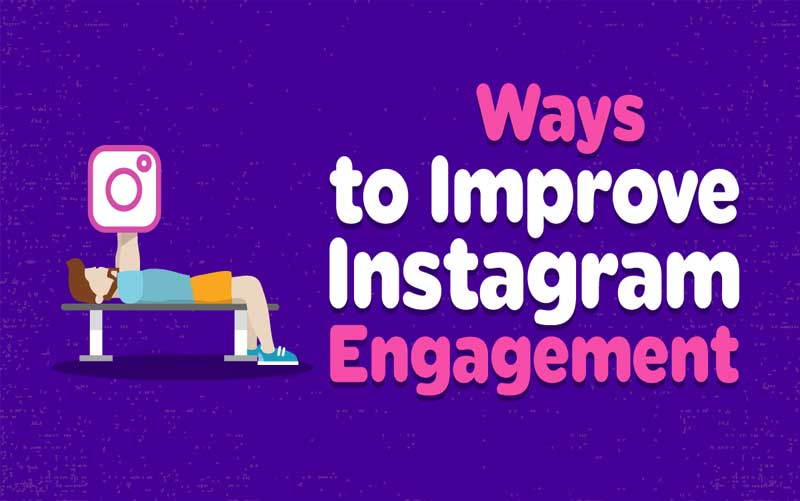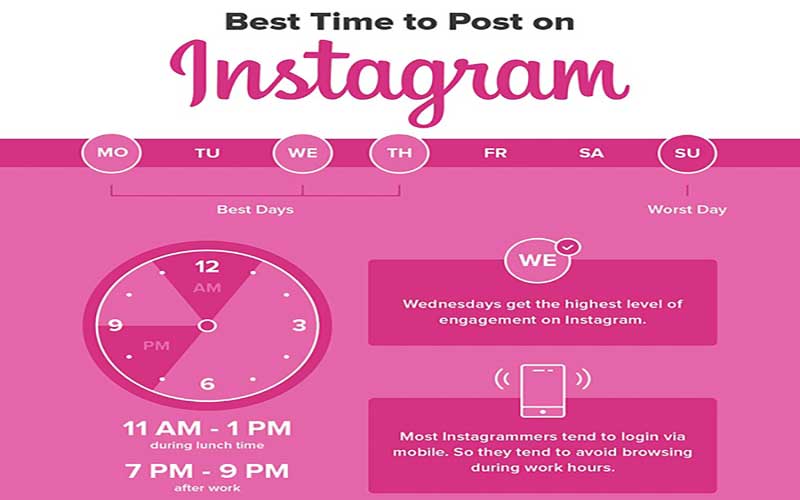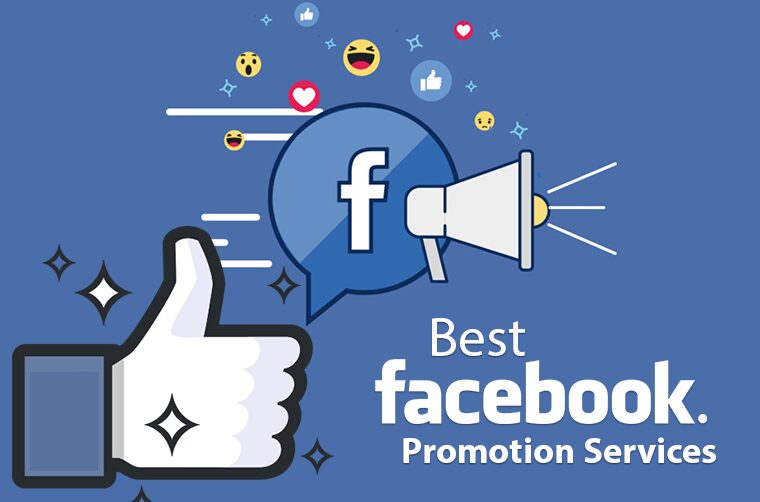What is reach on Facebook?
Your Facebook reach reflects the number of unique users who view your post or page (regardless of whether they interact with it or not).
For example, you publish a post and 100 people view it. Thus, your reach is 100 people.

Facebook reach is always measured over a specific time period. This means that metrics for overall reach do not exist. Instead, marketers should care about daily, weekly, or monthly reach.
Several factors affect reach on Facebook
Measuring Facebook reach can be through posts or Pages. If your Page’s reach increases, more people have viewed your content (and vice versa). Note, Facebook has no way to track how many eyes are reading your articles when scrolling through the news feed. The platform simply keeps track of how many screens are holding your unique posts.
Reach is influenced by a number of factors like the Facebook algorithm, including:
- Engagement and engagement behavior from both followers and non-followers.
- Content type and optimization factors (video vs post text, captions, timing, etc.)
- Paid Ads vs Organic Posts.’
Reach can vary widely between posts. This speaks to why every marketer should keep an eye on long-term trends with their Facebook reach.
Types of Reach in Facebook Marketing
Here’s a quick breakdown of three specific Facebook reach types and their differences.
1. Organic Reach
Most of the conversation about reach on Facebook is organic. It measures how many people viewed one of your normal, unsponsored posts.
This type of reach is the hardest to find because of other factors like:
- Competition from advertising
- Viral posts from major accounts
- Continuous changes to the platform’s algorithm.
2. Viral reach
Viral reach refers to the number of people who viewed your content because someone interacted with it through a “Like”, comment, or share.
As such, this kind of reach is based on interactions from other accounts. It includes both followers and non-followers.
A friend of yours liked a piece of content. And you see it show up on your news feed? Viral reach is active.
3. Facebook ad-based approach
Ad reach refers to the number of people who viewed your Facebook ad at least once. According to Facebook, this figure is estimated.
This type of approach is used by many marketers. As it is mainly based on budgeting and audience targeting.
Ad reach is a metric to measure ad performance. Besides, it shows how well you run your audience acquisition.
Proven tactics to increase Facebook reach

1. Optimize Facebook captions and content formats
This is especially important. Because cross-posting on Instagram or Twitter is becoming more and more common. Simply put, you shouldn’t create one piece of content to publish on every platform. In particular, pay attention to:
Create your own, unique captions: Don’t use hashtags or identical captions.
Avoid posting only external links: Focus on formats that engage people on Facebook. (E.g. videos, infographics, etc.)
Add a call to action (comment below) or a question to fuel the discussion.
These tips are important for Facebook’s organic approach. It gives better results based on the platform’s algorithm.
2. Schedule posts for consistency
It’s no surprise that the most engaged accounts on Facebook post daily (or almost daily). That’s why consistency is important.
Setting up a consistent publishing schedule will help increase your presence. Also let the Facebook algorithm know that you are active.
3. Choose a publishing time that suits your target audience
Social media posting time is one of the main factors affecting engagement. You should adjust your publishing times based on when your audience is most engaged. Because choosing a good time will increase the early visibility of new content. In the midst of fierce competition for organic types, anything that increases visibility is an advantage.
4. Use video and Facebook Live to encourage engagement
In recent years, the video platform has worked well on Facebook. Whether it’s a Live session or a small promotion, integrating video into your content strategy is a smart move.
Note: Many posts that get viral reach through “Likes” and shares are often videos.
Learn: Video marketing on Facebook.
5. Reach new followers with Facebook ads
Depending on your business or industry, paying for reach through advertising is a matter of “when” not “if”.
The drop in organic reach has led to an increase in direct advertising on Facebook. The paid approach is primarily based on bidding and targeting strategies. This is a direct way to capture the audience’s attention. For many brands, the investment is well worth it.
Useful knowledge: Some notes to avoid when advertising Facebook.
6. Use groups and third-party engagement to increase visibility
Supplement your page with Facebook Groups or personal accounts. This is an effective way to get viral reach.
